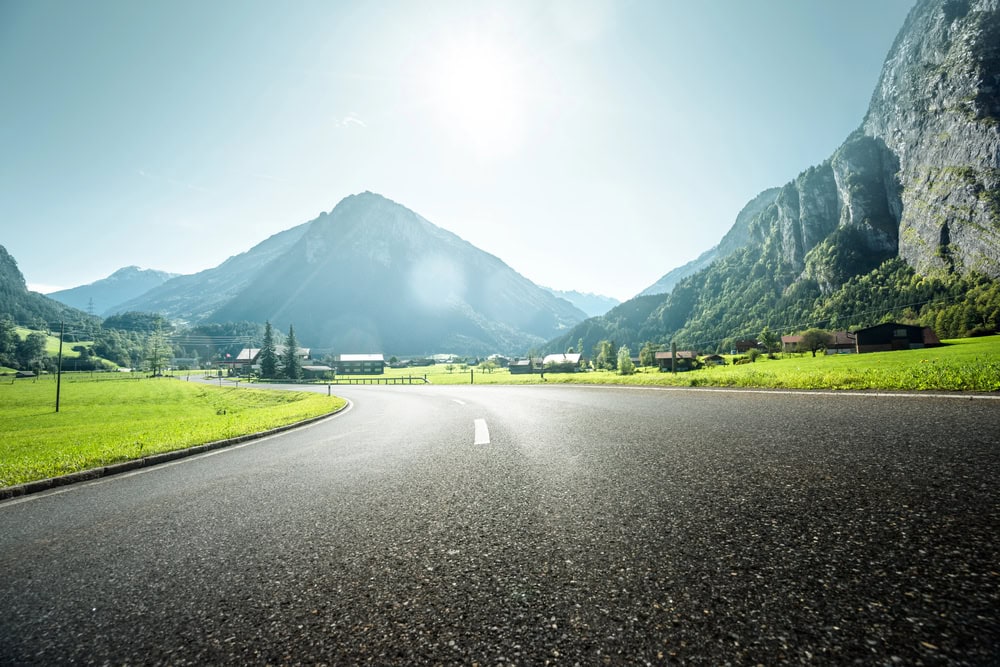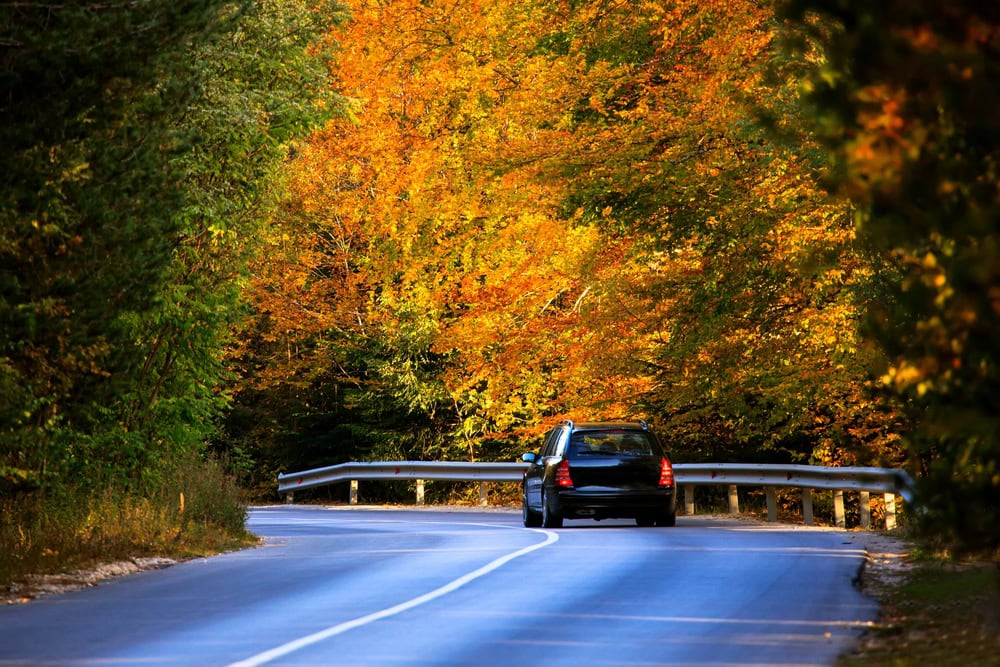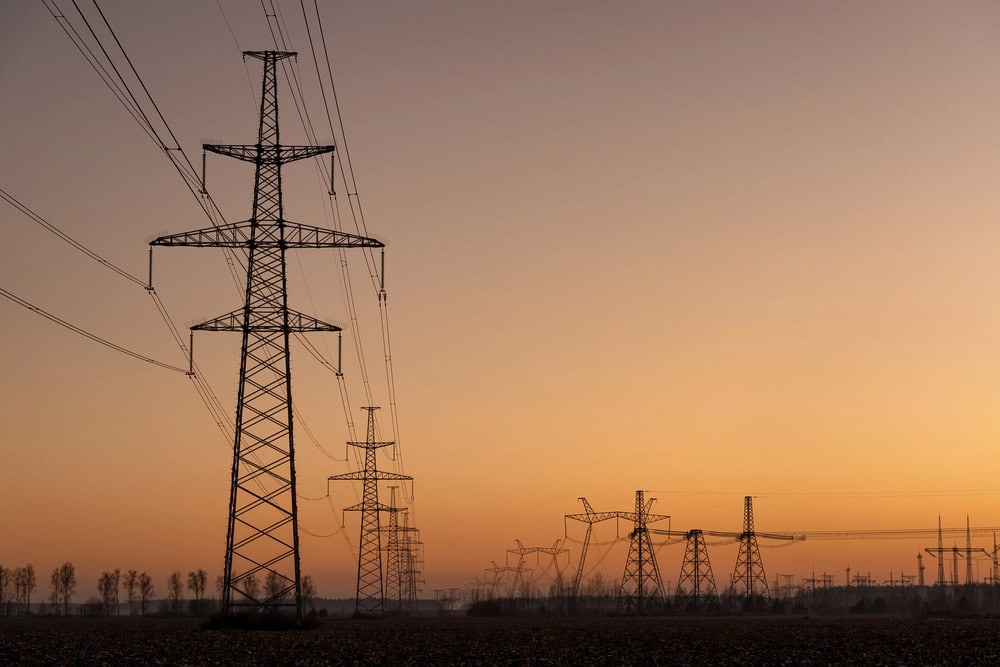Around noon the accidents pile up
Every year, 76,000 people are injured on Swiss slopes while skiing or snowboarding. In the majority of cases, these are not collisions, but self-inflicted accidents. The main reason for the accidents is excessive speed. To avoid serious injuries, it is crucial to always adjust your speed, make sure you have the right equipment and take enough breaks. After all, accidents are more frequent before the lunch break.

Skiing a few turns on the slopes during the sports vacations and enjoying the sun, the snow and the mountain panorama: For many people, this is part of winter. The other side of the coin: Around 76,000 people have accidents on the slopes every year. Swiss slopes. In 92 percent of cases, it is a self-inflicted accident. The biggest risk factor is excessive speed. However, overestimation of one's own capabilities and distraction also repeatedly lead to Accidents.
It is therefore particularly important not to drive too fast and to always pay attention to the weather and the condition of the slope. Also important: Do not overestimate your own abilities and listen to your body. Most accidents on the slopes happen before midday. On the one hand, this is because there are a lot of people on the slopes at this time, which means that the absolute number of accidents increases. On the other hand, the first signs of fatigue also appear around midday - especially if the snow sports day has started early with the arrival. It is therefore important to take breaks in good time and to eat and drink enough.
Helmet prevents every third head injury
However, should an accident occur, the right material can reduce the consequences. A helmet, for example, prevents every third Head injury. It also reduces the severity of further injuries. According to the BFU survey, more than 90 percent of snow sports enthusiasts already wear an Helmet, the rate remains at a high level. A correctly adjusted binding is also crucial. Skiers often injure their lower legs; they depend on the binding to open in the event of a fall. The binding should be checked annually by a specialist because the setting can also change due to use, storage or transport.
Wrist protection: better than its reputation
On the snowboard, the most common injuries affect the shoulders, arms and especially the wrists. "There are very effective wrist guards that can prevent a third of fractures," explains Flavia Bürgi from the BFU research department. However, only just under a quarter of all boarders wear such wrist protectors. But they are highly recommended, especially for beginners, Bürgi adds. To guarantee the quality of wrist guards, the BFU has worked with international partners to develop a standard that will be binding for manufacturers from 2020.
Tips for more safety in winter sports
The BFU recommends that skiers and snowboarders heed the following advice.
- Adjust speed
- Wear helmet
- On the snowboard: wear wrist protection
- FIS- and SKUS-Get the rules
- Take breaks, eat and drink enough
More info









